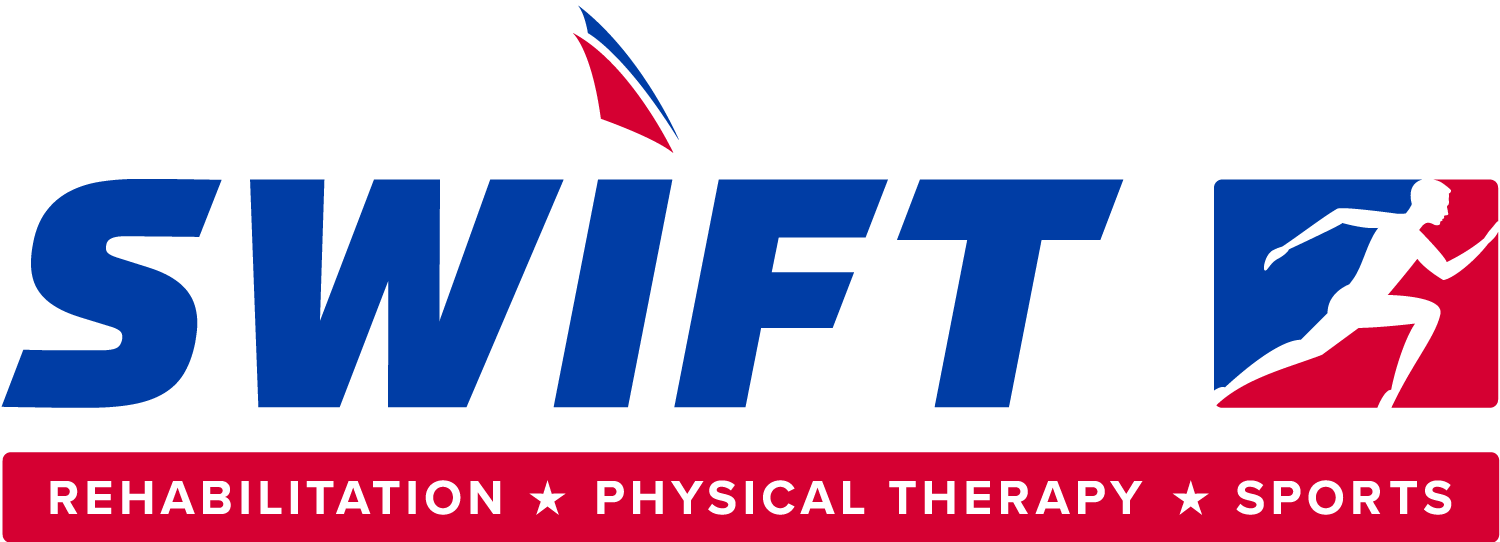Pre and Post-Surgical Care
Pre-Operative Rehabilitation
The role of a pre operative rehabilitation program is designed to prepare patients for undergoing surgery. Goals that are included are to improve healing time and reduce pain. Pre-surgical rehabilitation involves conditioning the body through exercise. This step is just as important as rehabilitation after surgery. For instance, studies indicate that the knee’s functional ability post surgery depends on its functional ability before the procedure.
Improving your strength beforehand can result in better outcomes after surgery. These programs can help shorten the length of your hospital stay and reduce the need for post-operative rehabilitation. Physical therapy can focus on several areas, including strength, balance, flexibility, joint stability, cardiovascular fitness, and range of motion. Most pre-operative rehabilitation programs last four to six weeks depending on the patient’s needs. Most goals of a pre-habilitation program include:
Mentally prepare for surgery
Reduce pain and inflammation
Maximize range of motion
Improving muscular control of the injured joint
Normalizing movement patterns prior to your surgery
Training with assistive devices that may be needed after surgery
Improved overall well being and fitness
Gain a good understanding of the exercises that you will perform immediately after surgery.
Post-Operative Rehabilitation
Physical therapy is typically indicated following an orthopedic surgery such as operations on the hip, knee, shoulder, wrist, hand, neck, foot, ankle, and spine to facilitate a speedy recovery. A skilled therapist can help reduce the side effects of surgery, such as pain and inflammation. Physical therapy can start anywhere from a few hours to a few days after surgery and in some cases there may be a period of immobilization following surgery.
A patient's ability to regain motion and strength and ultimately return to their daily activities depends on physical therapy. The body will not regain normal motion without specific retraining. Physical therapists are specifically trained to restore range of motion and strength without compensation and to prevent re-injury during the recovery process. The therapist can also provide the patient with specific guidelines to allow optimal healing.
After a thorough evaluation by a physical therapist, goals will be set to minimize the adverse effects of surgery such as pain and swelling as well as to restore normal movement, flexibility and function. The therapist and patient will work together to establish functional goals related to resuming normal activities of living as well as preventing an injury from recurring. The therapist will then design an exercise program tailored specific to the patient's needs and abilities, and work.
Therapy is often divided into distinct phases. The first comes immediately after surgery when the body part may be immobilized while pain and swelling subside. Then comes a series of progressively challenging exercises to restore range of motion, stability, and strength. The final goal is to return the patient to a pre-injury activity level. Post-operative treatments may specifically include:
Strategies for pain reduction including modalities such as ice, heat, and electrical stimulation
Flexibility exercises to improve range of motion
Exercises to strengthen muscles
Posture, balance, and coordination training
Gait analysis and training
Manual therapy techniques
Self-care training
Home exercise instruction

